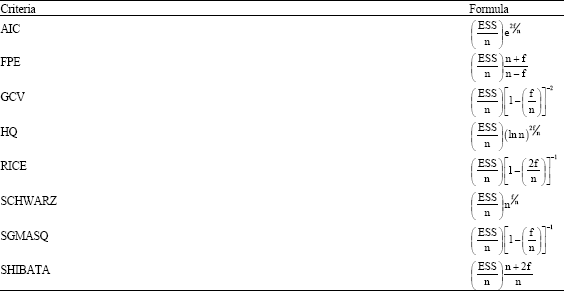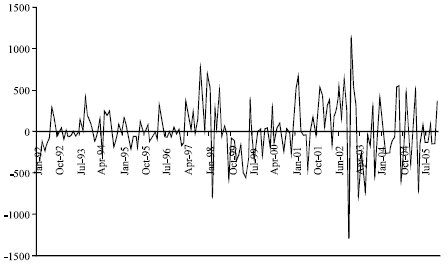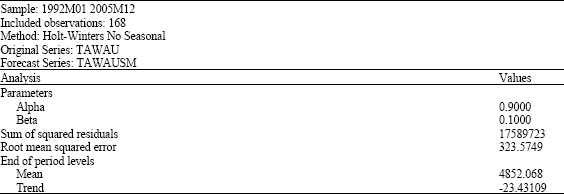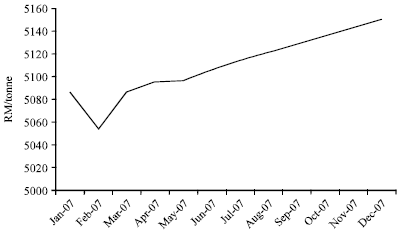Research Article
A Comparison of Univariate Time Series Methods for Forecasting Cocoa Bean Prices
School of Sustainable Agriculture, Universiti Malaysia Sabah, Locked Bag 2073, 88999 Kota Kinabalu, Sabah, Malaysia
A. Amran
School of Science and Technology, Universiti Malaysia Sabah, Locked Bag 2073, 88999 Kota Kinabalu, Sabah, Malaysia
Y. Remali
School of Business and Economics, Universiti Malaysia Sabah, Locked Bag 2073, 88999 Kota Kinabalu, Sabah, Malaysia
H. Affendy
School of International Tropical Forestry, Universiti Malaysia Sabah, Locked Bag 2073, 88999 Kota Kinabalu, Sabah, Malaysia





















